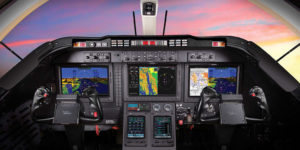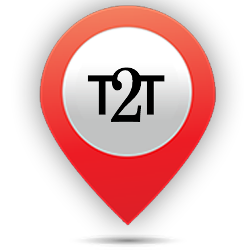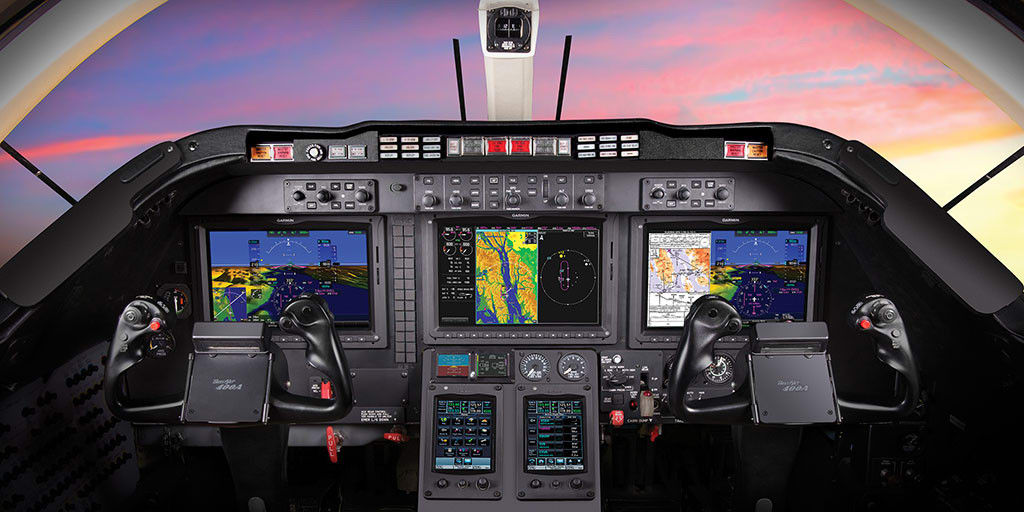The default mode on the autopilot means the automatic steering has been applied, (usually occurs in the world of aviation) aircraft can continue to operate without the need for leaders or pilots. Living with autopilot could be interpreted as a habit that often we do can be a reflex action.
For example, the habit of meeting on Thursday. Before you know it you will instinctively go into a meeting room on Thursday and in an hour you already know. Another example, You can type text without looking at the screen on the phone the old model, etc. Do you ever find yourself living with autopilot, do not realize what you are doing, or why you are doing?
If yes, most likely you run the autopilot system. And you do not own.
Because 96% from 3.000 people surveyed by Marks & Spencer says that they go through life on autopilot. Living on autopilot means our instinctive desire to get pleasure and avoid pain. The researchers concluded that circumstances “unconscious” has created an epidemic of detachment from unconscious decision-making.

Examples of reflex autopilot actions include the clothes we wear every day, we go to lunch, with whom we go to lunch, even the people we don't like where we work, etc. We each have our own individual autopilot mode which influences our decisions in different ways. The most important thing is to take conscious action to pay attention to what you are doing, how you do it and why you do it.
This study identifies three core archetypes to help people recognize their own version of the autopilot.
- Pleasers
Is a person who feels reluctant to say “no” when they really don't like it so they always say “the” because they feel uncomfortable with other people. To combat this type of discomfort you need to review what's on your schedule and when other people ask or ask you something, immediately tell them you will come back or provide the answer later. Therefore, You will have time to think about whether to actually say “the” or if “no”, You have the confidence to say it with a little guilt.
- Pacers
Pacers literally are “driver”, “pioneer”. The term pacer can also be interpreted as “runner”. Pacer is always looking “What is next”. They pack as much as they can in their daily life and are so caught up in satisfaction while doing so they cut themselves off from who they were. Combating default modes like this one starts with taking the time to practice micro-awareness moments.
- Passengers
Passengers only follow the carrier, fear that makes them more motivated (disagreement, denial, uncertainty) from what inspired them. Their decision is determined by what is easiest, least uncomfortable and least likely to risk disapproval at that point. To combat this type is to make the decision to check regularly and ask yourself questions “What do I really want to do at this point?”.
So if you recognize yourself in one of the types above, make a very conscious decision to start paying more attention to what you are doing, be wiser about why you do it and just adjust.
It is time for us all to collect deep, deep breaths and decide to live our lives with purpose, more meaningful, and more mindful. Through plans, not by default.


